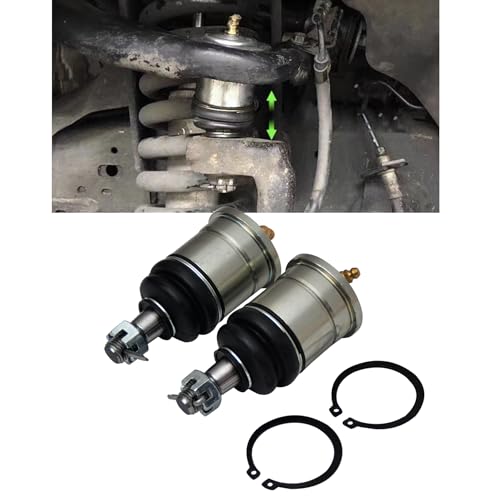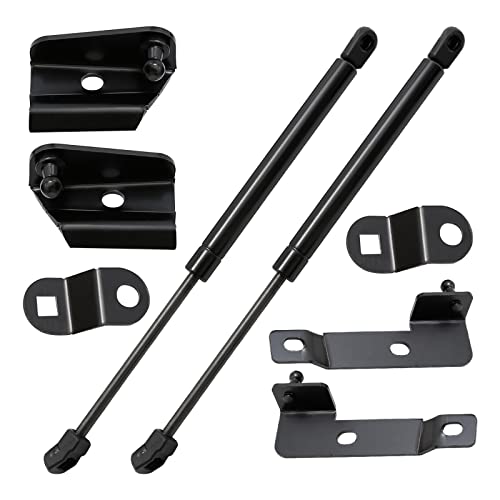K
Krankin
Guest
The missus won't go camping without her hairdryerIt takes her 8 minutes to dry her mop. I need to work out what size of inverter will cope with 1500+ watts for 8 minutes and how much amps it will suck in 8 mins. Anybody know?
Buy a genie for that sort of load...
My 500W pure sinewave inverter has a max 12vdc current draw of 70A @ 500w/240Vac output load.
Remember, that your 1500w hairdrier is a load on the 240Vac side of the inverter and not on the 12Vdc.
So 1500/240= 6.25A on the ac side.
Anyway you would need a min of 2000w/240Vac inverter to run your h/drier comfortably,
BUT,
you wont be able to carry enough batteries and a big enough alternator to run that kind of inverter in your nav, (as mentioned earlier), unless of course you dedicate your entire tub just for batteries and a rather large inverter,
again as an example my inverter is 1/4 of that 2000w and it can pull 70Adc at full load, it pulls 1.5 amp just at switching it on with nothing plugged in.
And to top it off, inverters dont really like resistive loads such as a h/drier.
A genie is the way to go.



























